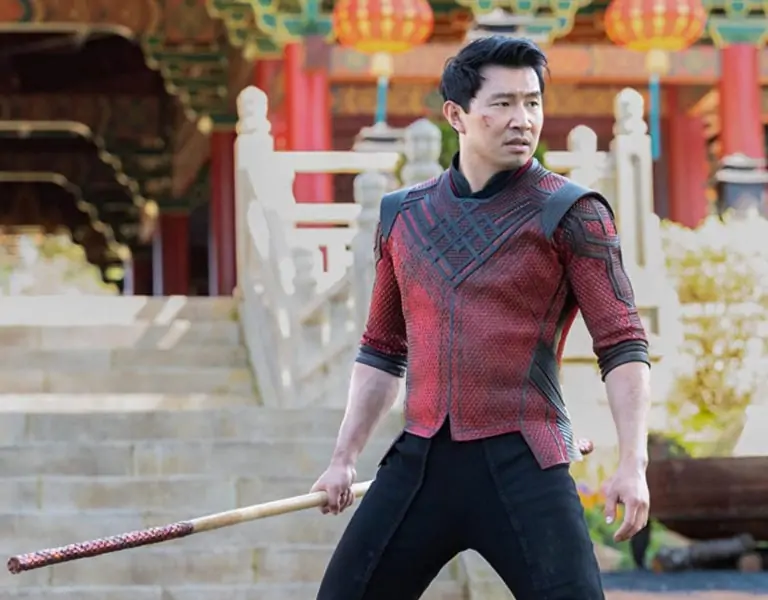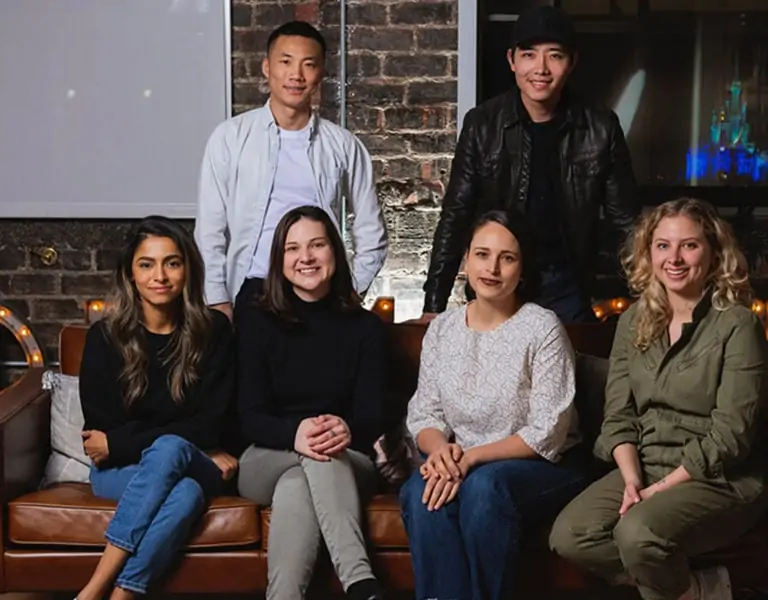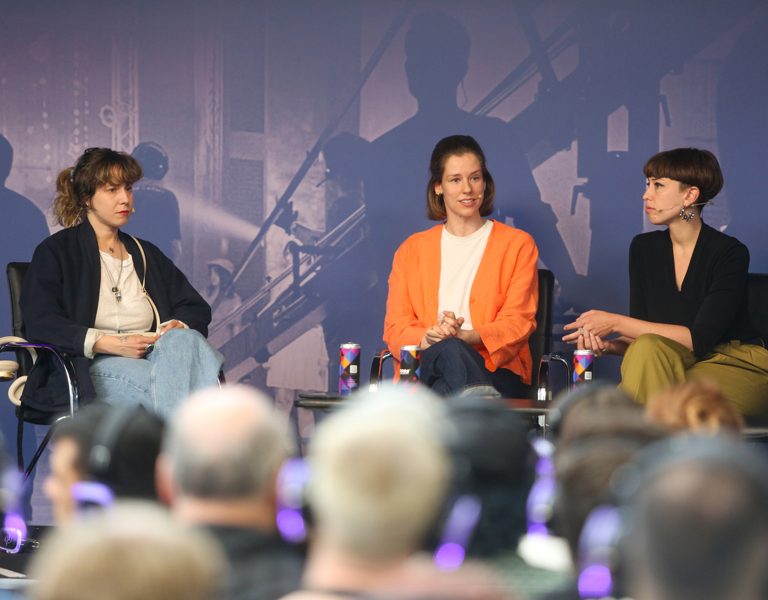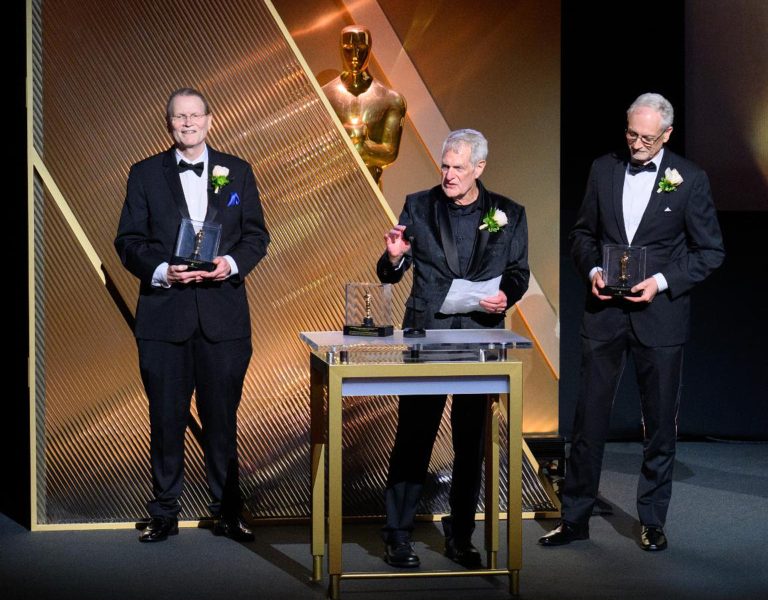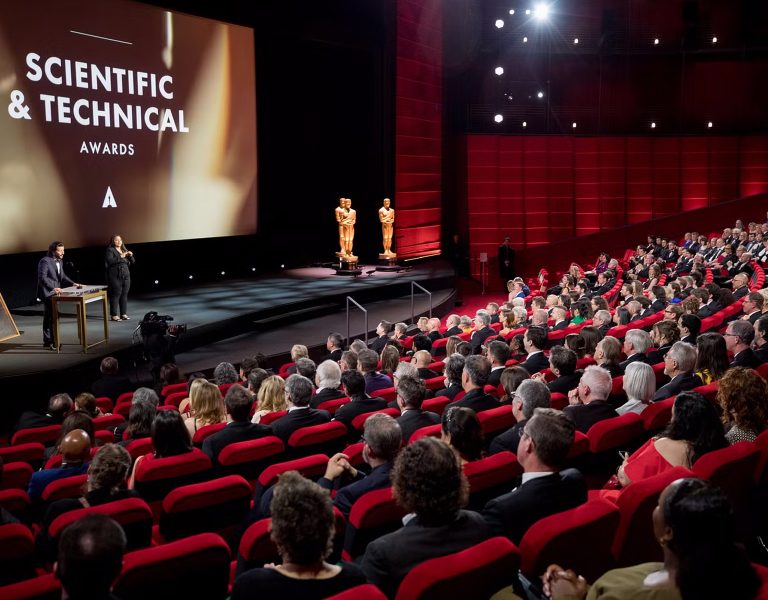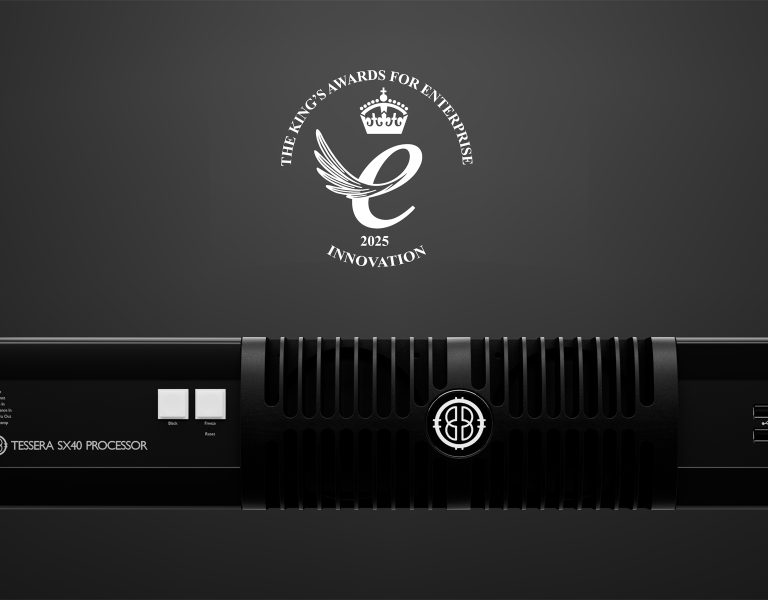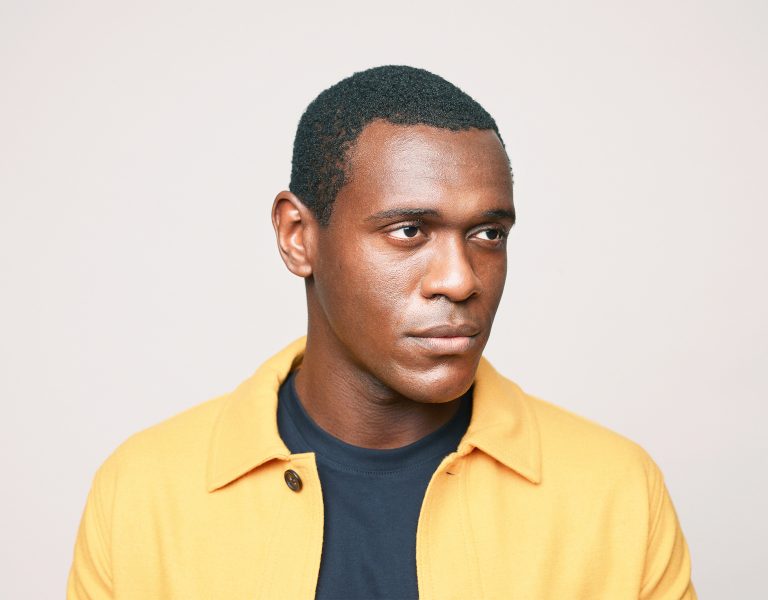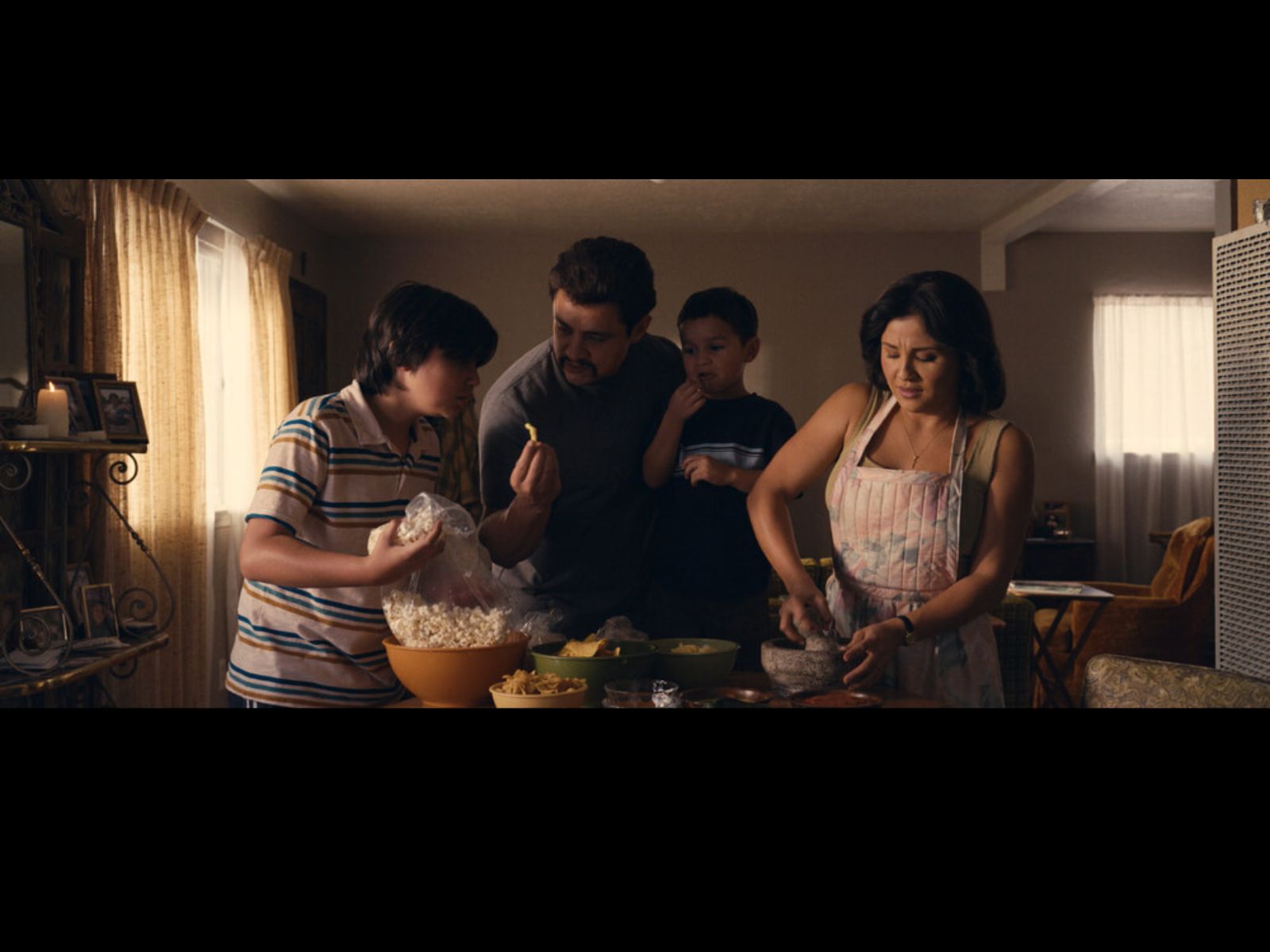
Eva Longoria’s feature directorial debut, Flamin’ Hot, tells the story of how America fell in love with the Flamin’ Hot Cheeto. Longoria’s inspired direction combines with cinematographer Federico Cantini’s careful touch to imbue Richard Montañez’s experience as a former Frito-Lay janitor who earns his turn as a company executive with depth and the storybook charm of a Disney classic. In this Q&A, Cantini discusses how he collaborated with Longoria and Panavision Hollywood to track the trajectory of a skyrocketing snack brand and the unlikely rise of one of its employees.

Panavision: How would you describe the movie’s look?
Federico Cantini: Since our first conversation, we wanted a sleek-looking picture. Flamin’ Hot is a multilevel story, going though many decades. It’s a story about overcoming, with highs and lows. Eva was looking for a powerful look, bold and rich, but always keeping it fun and dynamic. The camera is moving all the time, but every camera move has a meaning. We did an exhaustive shot list during prep to analyse the flow for each scene and find every good opportunity to move the story forward with the camera.
Did you find inspiration in any particular visual references?
Cantini: Absolutely, so many that it’s hard to mention them all, but for storytelling camera movements we looked at many Spielberg movies, especially The Post. We looked at all the fast-paced montages in Scorsese’s Goodfellas and Casino, and we studied Adam McKay´s The Big Short and Vice.

What brought you to Panavision for this project?
Cantini: This is my third collaboration in a row with Panavision, so I couldn’t think of any other camera house to work with. We also needed something that only Panavision could provide. We had three decades to portray, and we wanted to have a different lens series for each decade — not so much for the time frame, but more for the emotion of our man character at that time. Also, we wanted to explore shooting the same location with Super 35 lenses and then with large-format lenses.
Panavision was able to provide us with some vintage lenses for our childhood scenes, some sharp lenses for our character’s teenage times, and some fantastic large-format lenses for his adulthood. We wanted large-format lenses for a bigger-than-life sensation; we also wanted to get the high-speed look from the ’80s, but I wanted lenses with new mechanics so we could work fast on set. Panavision modified a set of Panaspeeds to achieve the desired look. Thanks to [director of technical marketing] Guy McVicker and [Panavision Hollywood marketing executive] Rik DeLisle for making all of that possible.

How did you and Eva communicate with one another over the course of the production?
Cantini: During production, our most-used phrase was, ‘Let’s do what we said during prep!’ We did extensive prep work. We had visual references, mood references, camera movement ideas, director plans, and we photo-shot the entire movie. Because we had three very different looks for the movie, we made a specific look book for each time period. Having all of that set beforehand made us ready for the shooting days so we could really fly and Eva had all the time to work with the actors.
How does Flamin’ Hot compare to other projects in your career?
Cantini: Every project is different and its own little world where you’re invited to live for a while. That’s one of the beauties of filmmaking. This was my first biopic, and it´s a Latino story, a sometimes-silenced story. It’s a story that had to be told, and I’m honoured that I was invited to be part of this journey.

What inspired you to become a cinematographer?
Cantini: Since childhood, I was always amazed by how magic works, what’s behind the curtain. From movies to Disneyland rides, I needed to know how they did it. Then one day I was able to be on a film set, and it was love at first sight. I realized that was my spot in the world. Since then, I´ve been working on film sets, and every day I love it as much as my first day. Working in the industry is being part of a huge family all around the world. Wherever you go, you can collaborate with different people, visually telling different stories, and every single day brings a different challenge. It’s the best job in the world.

–
Images courtesy of Searchlight Pictures.
This article was shared with permission from Panavision.
